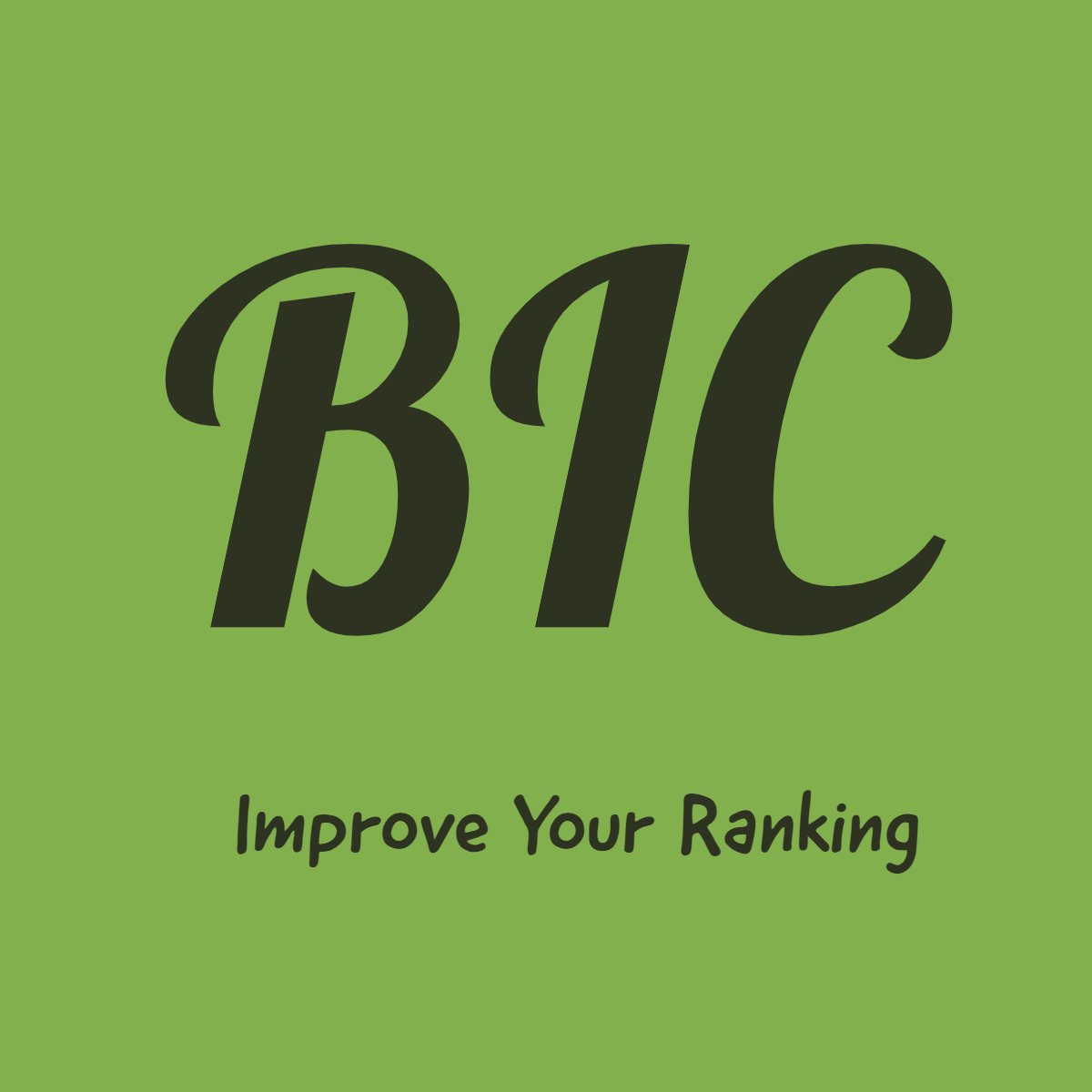How to Write Headlines that Increase Blog Traffic 100%
With the vast amount of content being published every day, it’s becoming increasingly challenging to capture the attention of readers and drive traffic to your blog.
However, one effective strategy to connect with your audience right from the start is by crafting compelling headlines. A great headline not only grabs attention but also entices readers to click and explore your content further.
- Tips for Writing Headlines
- Conclusion
- Frequently Asked Questions
- 1. What are the key elements of a compelling headline?
- 2. How can I incorporate keywords into my headlines effectively?
- 3. What role does emotional appeal play in headline writing?
- 4. How do I make my headlines stand out in a crowded digital space?
- 5. Should I use numbers or statistics in my headlines?
- 6. What role does headline length play in reader engagement?
- 7. How can I test the effectiveness of my headlines?
- 8. Are there any tools or resources available to help with headline writing?
- 9. What are some common mistakes to avoid when writing headlines?
- 10. How often should I update or refresh my headlines to maintain relevance?
- 11. How can I make my headlines more shareable on social media platforms?
- 12. What role does headline formatting play in reader engagement?
- 13. How can I optimize my headlines for voice search?
- 14. What strategies can I use to generate ideas for compelling headlines?
- 15. How can I leverage storytelling techniques in my headlines to captivate readers?
Tips for Writing Headlines
In this article, we will share some valuable tips on how to write headlines that will increase traffic to your blog.
1. Understand Your Audience
Before you start brainstorming headline ideas, it’s crucial to have a clear understanding of your target audience.
What are their interests, pain points, and aspirations? By knowing your audience, you can tailor your headlines to resonate with their needs and desires. Use language and tone that will appeal to them, and address their specific challenges or questions.
2. Use Numbers and Data
Studies have shown that headlines containing numbers tend to perform better than those without. Numbers provide a sense of structure and promise specific, actionable information.
For example, instead of writing “Tips for Writing Headlines,” consider using “7 Proven Tips for Writing Irresistible Headlines.” Additionally, incorporating relevant data or statistics can add credibility and make your headlines more compelling.
3. Create a Sense of Urgency
One effective way to encourage readers to click on your headline is by creating a sense of urgency. Use words and phrases like “now,” “limited time,” or “don’t miss out” to convey a sense of time sensitivity.
By making readers feel like they need to act quickly, you can increase the chances of them clicking on your headline and reading your content.
4. Spark Curiosity
Humans are naturally curious beings, and leveraging that curiosity in your headlines can be highly effective. Pose a thought-provoking question, offer a surprising fact, or tease a solution to a common problem.
By piquing readers’ curiosity, you make them more likely to click on your headline to find out more.
5. Keep it Clear and Concise
While it’s important to grab attention with your headline, it’s equally crucial to keep it clear and concise. Avoid using jargon or complex language that may confuse readers. Instead, aim for simplicity and clarity.
A concise headline not only makes it easier for readers to understand what your content is about but also improves its shareability on social media platforms.
6. Test and Analyze
Writing effective headlines is an ongoing process of trial and error. Don’t be afraid to test different variations of your headlines to see what resonates best with your audience.
Use analytics tools to track the performance of your headlines and analyze the click-through rates.
By continuously learning from your data, you can refine your headline writing skills and improve the traffic to your blog over time.
7. Be Authentic and Honest
While it’s important to create attention-grabbing headlines, it’s equally crucial to be authentic and honest. Misleading or clickbait headlines may initially attract readers, but they can damage your reputation and credibility in the long run.
Focus on delivering valuable and trustworthy content that lives up to the promise of your headline, and your audience will keep coming back for more.
Conclusion
Writing compelling headlines is a powerful way to increase traffic to your blog.
By understanding your audience, using numbers and data, creating a sense of urgency, sparking curiosity, keeping it clear and concise, testing and analyzing, and being authentic and honest, you can craft headlines that captivate readers and drive more traffic to your blog.
Remember, the headline is the gateway to your content, so make it irresistible.
Frequently Asked Questions
1. What are the key elements of a compelling headline?
Crafting a compelling headline involves several key elements. Firstly, it should grab attention by being concise, specific, and intriguing.
Use strong, action-oriented language to pique curiosity and entice readers to click. Secondly, ensure relevance by accurately reflecting the content of your blog post.
Misleading or clickbait headlines may attract initial clicks but can ultimately damage reader trust and engagement.
Finally, consider the emotional appeal of your headline. Emotional triggers such as excitement, curiosity, or urgency can significantly impact reader engagement. By incorporating these elements effectively, you can create headlines that not only attract clicks but also encourage readers to explore your content further.
2. How can I incorporate keywords into my headlines effectively?
Integrating keywords into your headlines is essential for search engine optimization (SEO) and attracting the right audience.
Start by identifying relevant keywords related to your content and target audience. Then, naturally incorporate these keywords into your headlines while maintaining readability and relevance. Avoid keyword stuffing, as this can negatively impact both reader experience and SEO.
Instead, focus on crafting headlines that flow smoothly while still including your target keywords. By striking the right balance between keyword optimization and compelling language, you can create headlines that appeal to both readers and search engines.
3. What role does emotional appeal play in headline writing?
Emotional appeal is a powerful tool in headline writing, as it can evoke strong reactions and drive reader engagement.
By tapping into emotions such as curiosity, excitement, fear, or empathy, you can create headlines that resonate with your audience on a deeper level. Emotional triggers can vary depending on your target audience and the nature of your content.
For example, a headline that promises a solution to a common problem may appeal to readers’ desire for relief or improvement. Experiment with different emotional triggers to see what resonates best with your audience, and use them strategically to enhance the impact of your headlines.
4. How do I make my headlines stand out in a crowded digital space?
In a crowded digital space, it’s essential to make your headlines stand out by offering something unique and valuable to readers.
Start by conducting research to understand your target audience’s interests, pain points, and preferences. Then, craft headlines that offer a fresh perspective, pose intriguing questions, or promise practical solutions to common problems.
Consider incorporating elements such as numbers, statistics, or specific benefits to make your headlines more compelling. Additionally, experiment with different headline formats, such as lists, how-tos, or case studies, to see what resonates best with your audience.
By focusing on providing genuine value and relevance, you can create headlines that capture attention and drive engagement in a crowded digital landscape.
5. Should I use numbers or statistics in my headlines?
Incorporating numbers or statistics into your headlines can enhance their appeal and credibility. Numerical data provides specificity and conveys a sense of authority, making your headlines more compelling to readers. Consider using numbers to quantify the benefits or outcomes promised in your content, such as “10 Tips for Boosting Productivity” or “5 Strategies to Increase Website Traffic.”
Additionally, statistics can add context and relevance to your headlines, especially when addressing trends or industry insights. However, it’s essential to use numbers and statistics accurately and sparingly, focusing on the most relevant and impactful information.
By incorporating numbers or statistics strategically, you can create headlines that attract attention and convey value to your audience.
6. What role does headline length play in reader engagement?
Headline length plays a crucial role in reader engagement, as it directly impacts readability, comprehension, and click-through rates.
While there is no one-size-fits-all rule for headline length, studies suggest that shorter headlines tend to perform better in terms of click-through rates.
Headlines between 6 to 13 words are often recommended, as they are concise and attention-grabbing while still conveying the main idea of the content. However, the most important factor is clarity and relevance.
Regardless of length, your headline should clearly communicate the value proposition of your content and entice readers to click.
Avoid overly long or convoluted headlines that may confuse or overwhelm readers. Instead, focus on crafting concise, compelling headlines that effectively convey the essence of your content and encourage further exploration.
7. How can I test the effectiveness of my headlines?
Testing the effectiveness of your headlines is essential for optimizing reader engagement and driving traffic to your blog.
One approach is A/B testing, where you create multiple variations of your headline and measure their performance against each other. Start by identifying a specific metric to track, such as click-through rate or time on page.
Then, randomly assign different headlines to equal segments of your audience and analyze the results. Pay attention to which headlines generate the highest engagement and adjust your approach accordingly.
Additionally, consider using tools and analytics platforms to gather insights into reader behavior and preferences. By continuously testing and refining your headlines, you can optimize their effectiveness and maximize the impact of your content.
8. Are there any tools or resources available to help with headline writing?
Several tools and resources are available to assist with headline writing and optimization. CoSchedule’s Headline Analyzer is a popular tool that evaluates headlines based on factors such as word balance, headline length, and emotional impact.
It provides feedback and suggestions for improving your headlines to maximize their effectiveness. Another useful tool is the Advanced Marketing Institute’s Emotional Marketing Value Headline Analyzer, which assesses the emotional impact of your headlines and suggests ways to enhance their emotional appeal.
Additionally, many content management systems and SEO plugins offer headline optimization features and guidance to help you create compelling, SEO-friendly headlines.
By leveraging these tools and resources, you can enhance the quality and impact of your headlines and attract more readers to your blog.
9. What are some common mistakes to avoid when writing headlines?
When writing headlines, it’s essential to avoid common mistakes that can undermine their effectiveness and impact.
One common mistake is using clickbait tactics or misleading language to attract clicks. While sensationalized headlines may generate initial interest, they can ultimately lead to disappointment and erode reader trust. Instead, focus on creating headlines that accurately reflect the content of your blog post and provide genuine value to your audience.
Another mistake to avoid is neglecting to optimize your headlines for search engines. Incorporate relevant keywords naturally into your headlines to improve their visibility and attract organic traffic. Additionally, avoid overly long or convoluted headlines that may confuse or overwhelm readers.
Keep your headlines concise, clear, and focused on conveying the main idea of your content. By steering clear of these common pitfalls, you can create headlines that effectively engage readers and drive traffic to your blog.
10. How often should I update or refresh my headlines to maintain relevance?
Regularly reviewing and updating your headlines is essential for maintaining relevance and maximizing reader engagement.
As trends and reader interests evolve, your headlines may need to be adjusted to reflect these changes. Start by periodically auditing your existing content and identifying opportunities to refresh or optimize your headlines.
Consider repurposing evergreen content with new headlines to attract fresh traffic and maximize engagement.
Additionally, monitor your blog analytics and track performance metrics to identify underperforming headlines that may benefit from optimization. By staying proactive and responsive to changes in your industry and audience preferences, you can ensure that your headlines remain relevant and compelling over time.
11. How can I make my headlines more shareable on social media platforms?
Crafting shareable headlines for social media requires understanding the platform’s audience and optimizing for engagement.
Incorporate elements like questions, emotions, and actionable language to prompt users to share your content.
Additionally, consider using hashtags strategically to increase discoverability and leverage multimedia content such as images or videos to complement your headlines and enhance visual appeal.
12. What role does headline formatting play in reader engagement?
Headline formatting can significantly impact reader engagement by enhancing readability and visual appeal.
Use formatting elements such as capitalization, punctuation, and spacing to create a clear hierarchy and draw attention to key words or phrases.
Experiment with bold or italicized text, bullet points, or brackets to make your headlines stand out and communicate the main idea effectively.
13. How can I optimize my headlines for voice search?
Optimizing headlines for voice search involves understanding how users interact with voice-enabled devices and tailoring your headlines accordingly.
Focus on using natural language and conversational tone, as people tend to phrase voice queries in a more conversational manner. Incorporate long-tail keywords and phrases that mimic spoken language patterns and address specific user queries to increase visibility in voice search results.
14. What strategies can I use to generate ideas for compelling headlines?
Generating ideas for compelling headlines requires creativity and a deep understanding of your audience’s interests and preferences.
Start by brainstorming topics related to your niche or industry and exploring different angles or perspectives. Conduct keyword research to uncover trending topics and popular search queries that can inspire headline ideas. Additionally, analyze competitor headlines and identify gaps or opportunities to differentiate your content and capture reader attention.
15. How can I leverage storytelling techniques in my headlines to captivate readers?
Incorporating storytelling techniques into your headlines can help create emotional connections and captivate readers’ attention.
Start by framing your headline around a compelling narrative or anecdote that resonates with your audience’s experiences or aspirations. Use vivid language, descriptive imagery, and suspense to draw readers in and entice them to explore your content further.
Additionally, consider incorporating elements of conflict, resolution, or transformation to create a sense of intrigue and keep readers engaged from the outset.
By leveraging storytelling techniques effectively, you can create headlines that resonate with readers on a deeper level and inspire them to engage with your content


